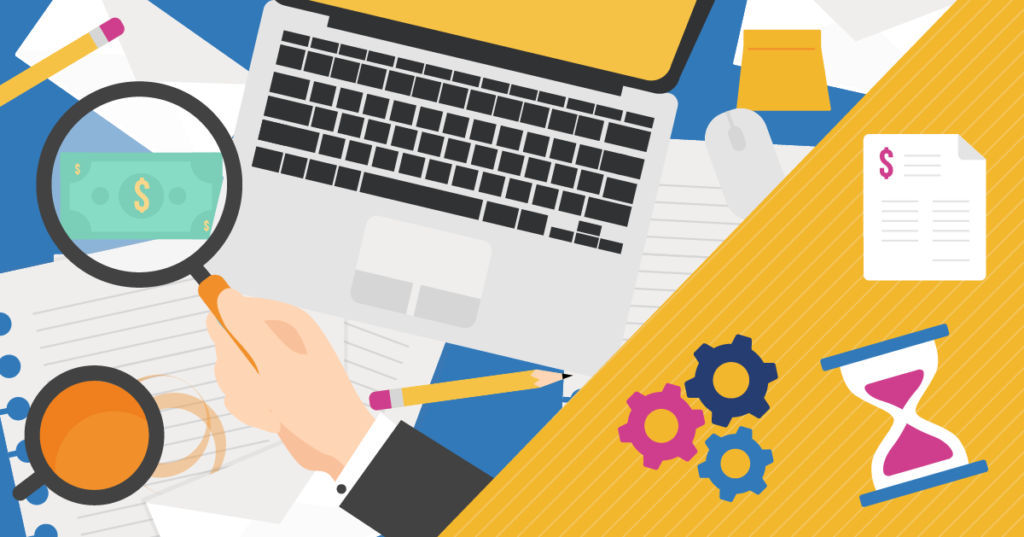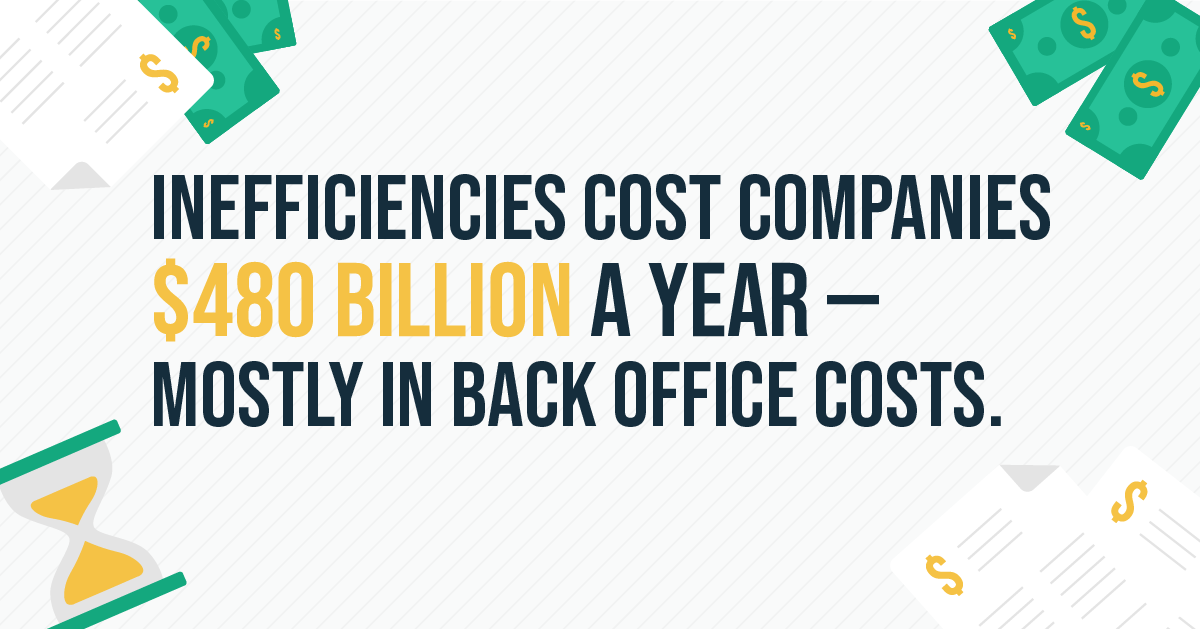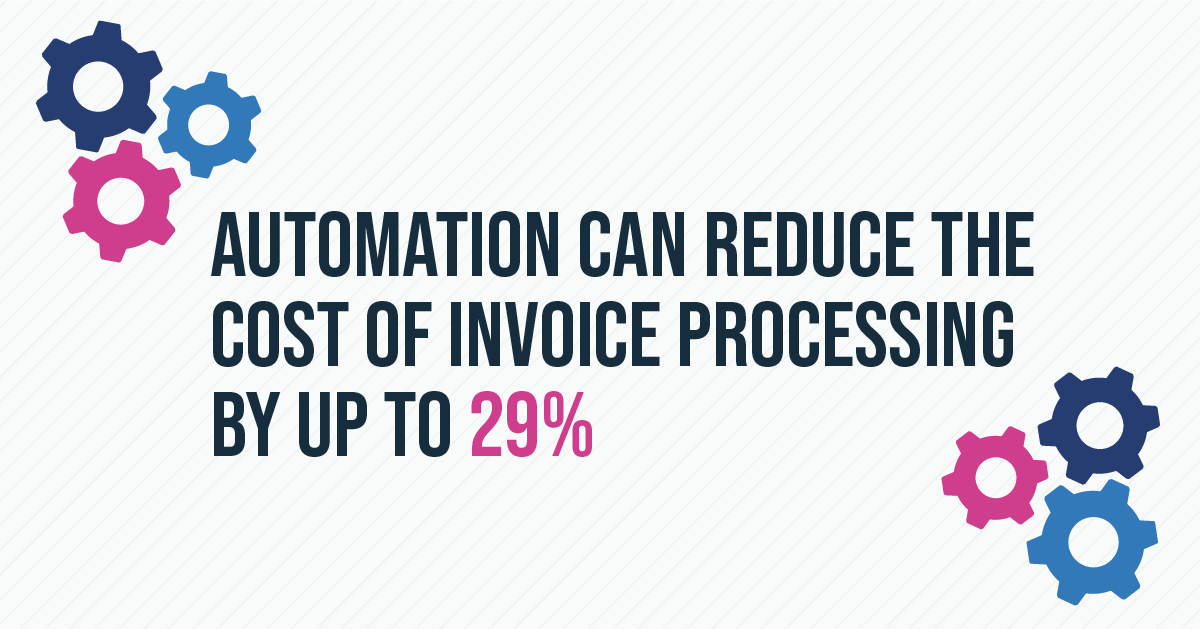The High Costs of an Inefficient Back Office

The business world is changing. From the rise of artificial intelligence to the massive amount of customer data available thanks to platforms like Facebook and Instagram, competition has never been more fierce.
The rise in competition has led many businesses to look for ways to cut costs and streamline operations.
When it comes to reducing business costs, most business leaders look for low hanging fruit — for example, lower-cost suppliers, decreasing labor costs, or finding cheaper real estate.
What many businesses don’t consider is the back office, which is often ripe with inefficacies and overspending.
Why don’t they look there? For many businesses, it is a case of “this is how things have always been done.” For others, business executives are very familiar with the products or services the company offers and less aware of how the back office works, leading them to look for areas they know well for cost-cutting opportunities.
If your business wants to survive and even thrive in today’s ultra-competitive, technological age, it is time to take a deeper look at the back office. Business leaders may be overlooking thousands of dollars in losses.
The Real Cost of The Back Office
The back office refers to the portion of a business that supports customer-facing employees. They are in the business of running the business. The back office often includes administrators and other support staff members, including HR, IT, and accounting.
They handle tasks such as payroll, taxes, maintaining records, maintaining compliance with state and federal regulations, and ensuring phone and computer systems are functioning correctly.
These positions are critical to running a successful business, but they do not generate revenue.
Despite not generating revenue, they can burn through a staggering amount of revenue when they are run inefficiently. In fact, one report found that Fortune 500 companies waste an average of $480 billion dollars a year due to inefficiencies, and most of those losses occur in the back office.

A recent report also showed that:
- Data-driven staffing models can help companies reduce inefficiencies by 10 to 15%.
- Productivity could be increased by up to 25% by reducing idle or non-productive time in the back office.
- Managers spend nearly half their day gathering data and performing analysis. Automating admin tasks would allow managers to spend more time coaching employees and improving productivity.
The true cost of your back office could be hiding in plain sight. Take a look at other areas where your back office might be costing your business money.
Beware of Hidden Costs
Inefficiency costs companies anywhere from 20 to 30% of their revenue every year, and many of these costs go unnoticed. For example, if employees take longer to complete tasks, that costs your business money.
When employees make errors, that can result in late fees or penalties and open your company up to liability or compliance issues. A high employee turnover rate can cost companies between six and nine months of salary in lost productivity, training, and benefits cost.
When considering areas to cut costs, look for solutions that benefit the bottom line, but don’t seek to micromanage your employees. The short term gains may not be worth the long term costs if they, for example, increase employee turnover.
The Problem with Paper-Based A/P
According to one study, the average company spends nearly $30 to process just one paper invoice manually. For a company handling a few dozen invoices a month, that might not be a huge cost.
However, that doesn’t consider the cost of human errors such as submitting payments late, double paying invoices, or even fraud. These losses can add up quickly.

AP automation, on the other hand, can reduce the cost of invoice processing by 29%, which can translate to savings over $1,000,000 per year for a company that processes 10,000 invoices a month. AP automation can also help red-flag fraud, reduce late fees, and improve accuracy across the board.
The True Cost of Changing Strategies
It is critical for business leaders to analyze the true cost of strategies aimed at reducing back-office costs. For example, many companies no longer hire a full-time person to tackle each task in the back office. This might lead, however, to an under-qualified staff member taking on tasks they are unprepared to complete. This could result in tasks taking longer or the employee making mistakes that result in late fees or fines.
Other companies resort to passing portions of these back office positions on to executives, assuming an extra task or two won’t impact them much long term. Their salaries are paid either way, after all. However, this can result in burnout or in lower-level tasks being prioritized over revenue-generating tasks.
Before making a decision, leaders need to consider the hidden costs and long term impact of these changes then evaluate the most appropriate decision for their business.
3 Simple Steps to Improve Back Office Efficiency
The main challenge many businesses face when looking to eliminate inefficiencies is balancing the need to maintain quality of operations while reducing costs. The steps below should be used as points to consider based on your business, industry, and current costs, not a one-size-fits-all solution.
1. Control Spending & Reduce Waste
Reducing back office spending must be done carefully to avoid impacting the quality or efficiency of work. However, there are several areas that are ripe for spending reduction.
For example, office space is often one of the highest overhead costs for businesses. Reducing the size of your office space can drastically reduce costs. Consider allowing employees to telecommute or move the office to a lower-cost area. You could also consider outsourcing inefficient processes, for instance by using accounts payable outsourcing services.
Paper costs can be reduced by moving to a paperless system, which reduces the cost of paper goods, ink, and printers. As an added bonus, paper-free systems often improve communications and reduce approval times by keeping communications organized in one place.
Other strategies to reduce waste and control spending include finding technological solutions that automate or speed up processes such as improving order processing, handling invoice distribution, or even enforcing vendor contract terms.
2. Improve Efficiency and Collaboration
The back of the office is a cost center, which means improving efficiencies should be a top priority. If your company is still relying on Excel spreadsheets and manual processes, you could be wasting time and missing out on opportunities for growth.

Programs like Slack allow employees to discuss a wide range of topics, all organized into ‘channels’ to keep information organized. AP automation solutions like Stampli centralize conversations on each invoice, allowing questions, answers, and approvals to all happen in one place.
By streamlining communications and increasing the ability to collaborate, businesses can speed up the amount of time needed to, for example, approve invoices or process payments. This may also open the door for strategic opportunities as team members gain access to more information about how the business runs.
3. Use the Right Technology
Technology is one of the most effective solutions for increasing efficiency everywhere in your business. From automating invoice processing to verifying, sorting, and accessing documents, there is a wide range of technological solutions available to help your back office run more efficiently and prevent errors.
However, all solutions should be purchased with both the back office and customer-facing employees in mind. For example, if a new payroll software cuts the amount of time it takes the back office to process payroll in half but increases other employees’ time commitment, it might not be a good fit.
Consider all the implications of new technological solutions and analyze potential solutions for bottlenecks that could decrease efficiency in the long term.
Conclusion
Improving back office efficiency is critical to the long-term success of your company. While the process may result in some push back from employees who are used to the legacy systems, it is important to remember the true goal — the long-term viability of the entire business.
Be sure to focus on the benefits of changes like automation software— such as how it will make employees jobs easier. Reassure employees that their jobs are not being eliminated; rather, their time is being freed up to focus on more critical tasks.